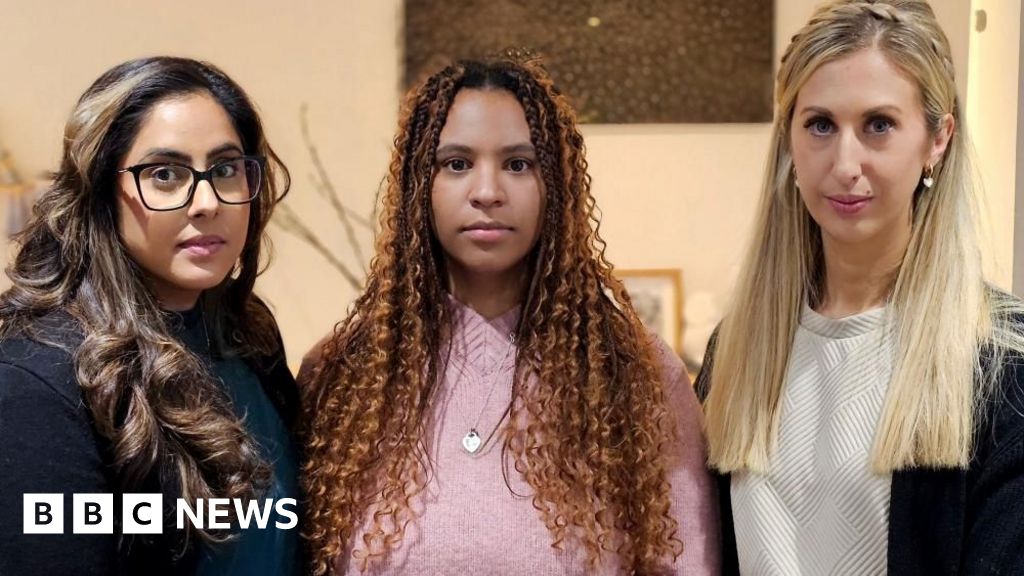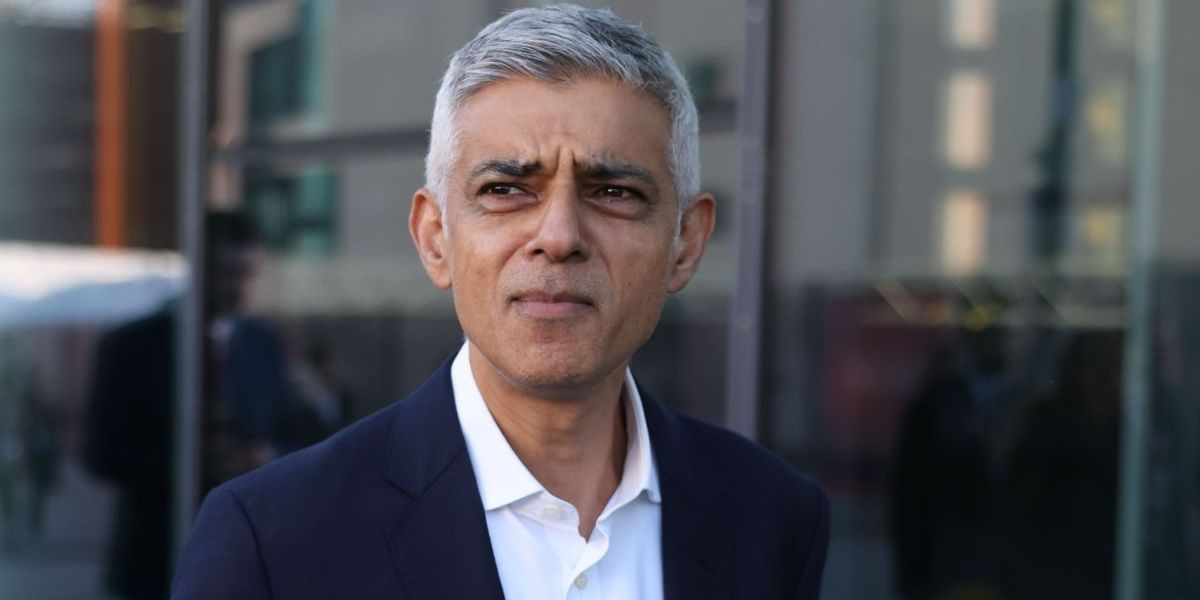MAFS UK Bride Expresses Immediate Disinterest in Groom Following Unconventional Vows

The tenth season of Married at First Sight UK commenced with notable tension as the first matched couple, Sarah Gillanders and Dean, both 31, encountered immediate romantic uncertainty. Sarah, a recruitment consultant from Aberdeen, openly confessed her lack of physical attraction to Dean shortly after meeting him at the altar, stating, "No, I don't fancy Dean. So sorry." This initial reaction set a challenging tone for their relationship, contrasting sharply with Dean's enthusiastic approval of his new wife.
Dean, a team-building host from Feltham, attempted to charm Sarah with personalized performances, including a rap during the vows and a love song at the reception. However, these gestures were met with discomfort from Sarah and her family, who found them "over the top" and "cringe." Sarah expressed feeling overwhelmed by the displays, noting they were not what she had envisioned for her wedding day and contributed to her reservations about their compatibility.
Despite Dean's optimism—he described the experience as "way better than I could have ever hoped" and referred to Sarah as "my type of lady"—Sarah's concerns persisted. She highlighted a disconnect in their romantic dynamics, explaining that while Dean is "such a lovely guy," she sensed a "friend vibe more than a romantic vibe." This sentiment was echoed by Sarah's friend Caitlin before the ceremony, who acknowledged that Dean was not Sarah's typical type but hoped the match would lead to healthier relationship patterns.
The episode concluded with unresolved tensions as Sarah questioned whether a spark could develop over time, emphasizing that she had not joined the show seeking friendship. Dean remained unaware of the depth of Sarah's doubts, setting the stage for further developments in their journey as the season progresses. The couple's contrasting reactions underscore the experimental nature of the series, where initial impressions can significantly influence the path of a marriage formed under unconventional circumstances.



